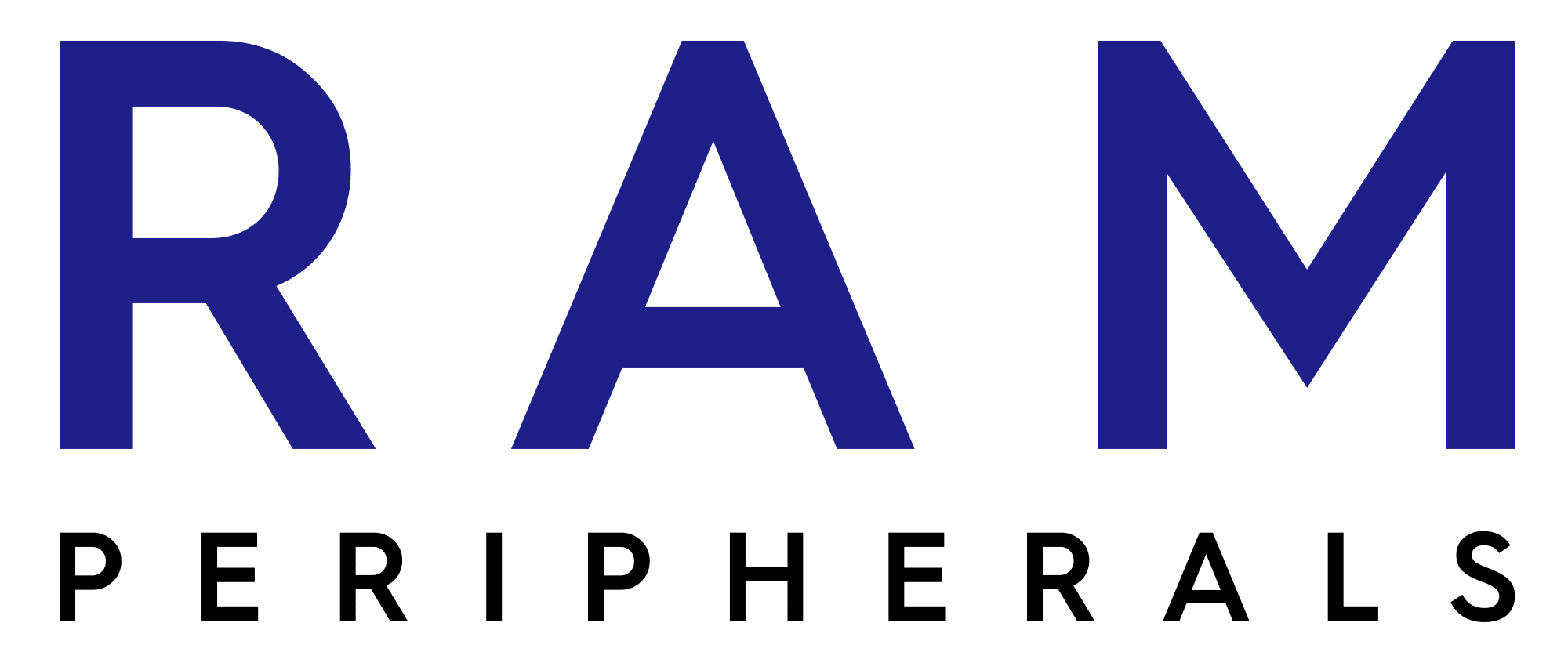Tips to Choose the Highest Speed 3D Printer in London
Published On: 2019-04-01

When people think of 3D printing, they imagine objects appearing in minutes. The reality is that print speed depends on several factors, from machine design and materials to the level of detail required. If you’re searching for the highest speed 3D printers in London, it’s important to understand how speed works, the trade-offs with quality, and what features to look for before choosing a printer or a printing service.
What Makes a 3D Printer “High-Speed”?
Several factors determine the speed of a 3D printer:
-
Printer technology: FDM printers are common, but SLA, SLS and newer high-speed FDM models can significantly change print times.
-
Build size: Larger objects naturally take longer to complete.
-
Resolution and layer height: Fine detail requires smaller layers, slowing down the print.
-
Material type: Some filaments and resins perform better at higher speeds, while others require slower, steadier extrusion.
-
Hardware quality: Printers with rigid frames, advanced motion systems, and high-flow nozzles handle faster speeds without losing accuracy.
Typical Printing Speeds in London
Most 3D printing services in London use speed ranges such as:
-
40–50 mm/s – Best for fine detail and smooth surfaces.
-
80–100 mm/s – A balance of speed and quality; good for most functional parts.
-
Up to 150 mm/s – Used for draft models or large prototypes.
Anything beyond 150 mm/s often leads to visible defects, weaker parts, or failed prints. Only specialised printers and professional services can maintain quality at higher speeds.
Risks of High-Speed Printing
While speed sounds appealing, going too fast can cause problems such as:
-
Filament slipping or under-extrusion.
-
Poor surface finish and layer adhesion.
-
Warping or distortion.
-
Higher risk of failed prints and wasted material.
For businesses, this can mean extra costs and longer turnaround times — the opposite of what high-speed printing is meant to achieve.
How London 3D Printing Services Optimise Speed
Reputable 3D printing London providers don’t simply crank machines to maximum speed. Instead, they:
-
Match printer settings to the project requirements.
-
Offer “draft” vs “high-quality” print options.
-
Use slicing software to estimate realistic print times.
-
Recommend the best balance of speed, strength, and detail for each job.
This ensures customers get their parts quickly without compromising quality.
Tips for Choosing the Fastest 3D Printer or Service in London
-
Look for advanced hardware – CoreXY motion systems, high-flow hotends, and rigid frames are signs of a printer designed for speed.
-
Check material compatibility – Some printers are optimised for high-speed filaments that withstand faster extrusion.
-
Ask about turnaround times – London services may offer express options for urgent projects.
-
Balance speed with quality – The fastest isn’t always the best. A 5-hour print at 100 mm/s may look far better than a 3-hour one at 150 mm/s.
-
Read reviews and case studies – Look for proven results from real London businesses or creators.
Conclusion
Choosing the highest speed 3D printer in London isn’t just about raw numbers - it’s about understanding how speed affects quality and reliability. Whether you’re buying a printer or working with a local service, the smartest choice is one that balances speed with precision.
If you’re ready to explore fast, reliable 3D printing in London, consult with an expert provider who can match the right printer and settings to your needs.
